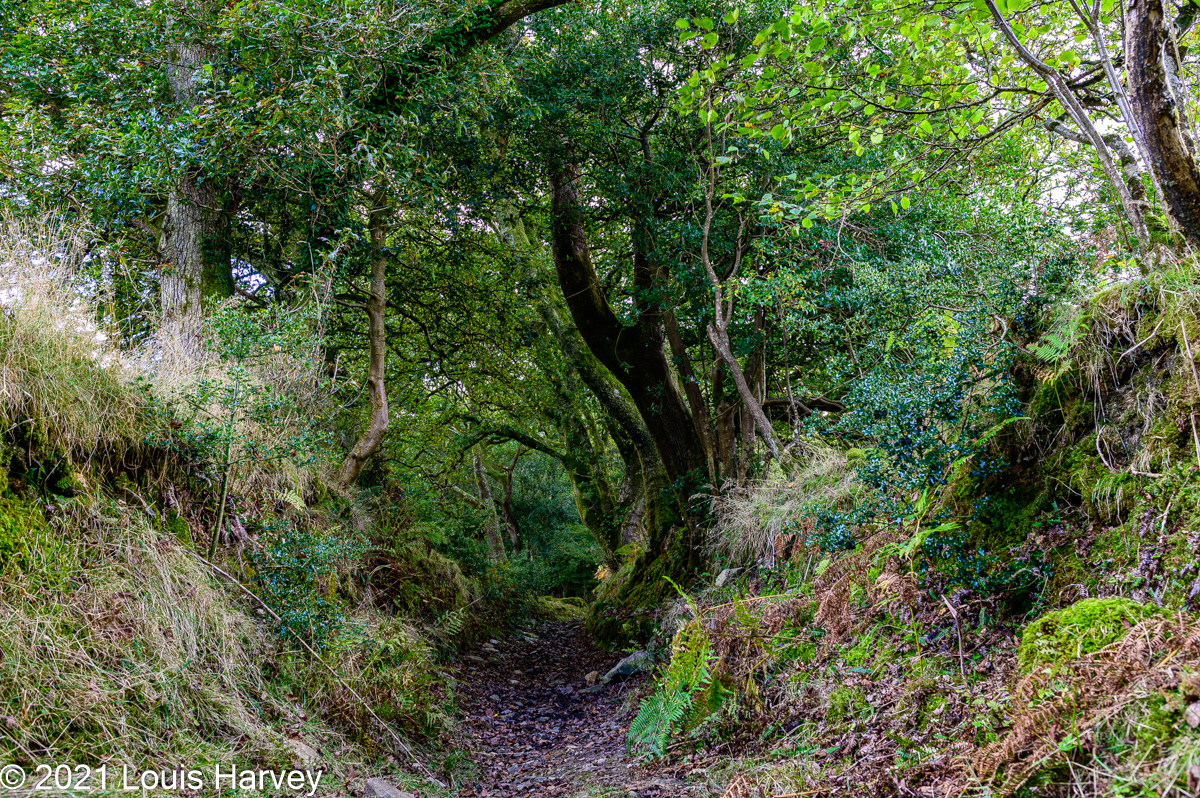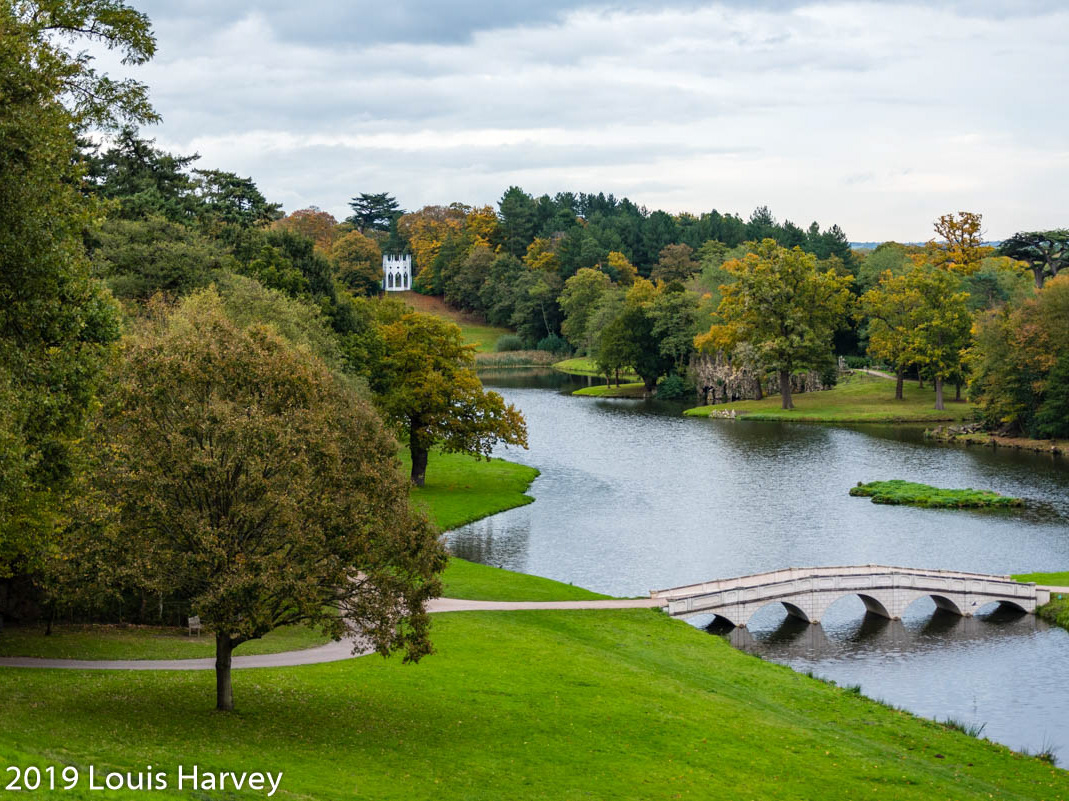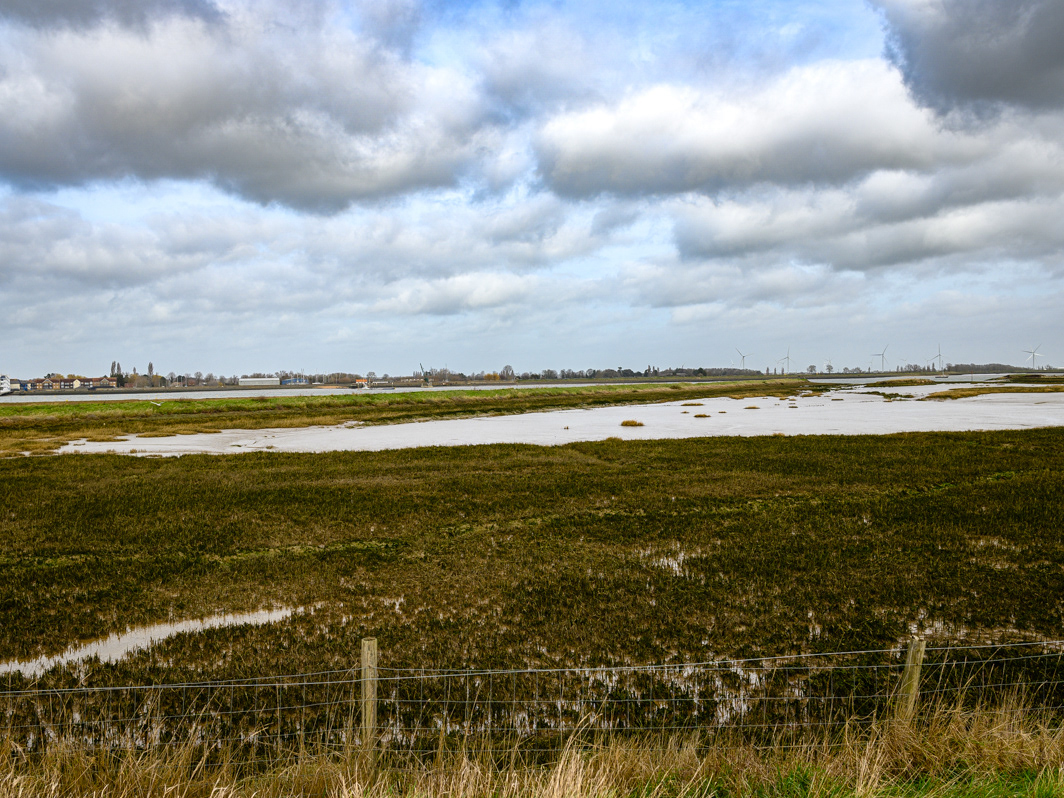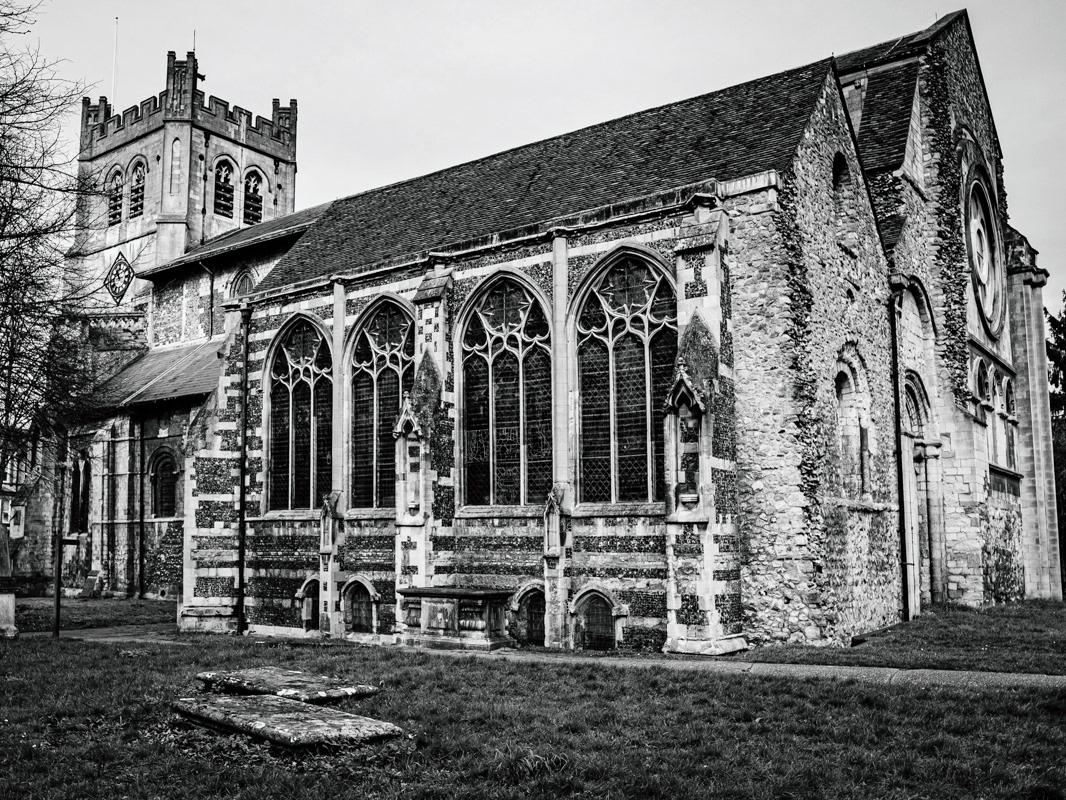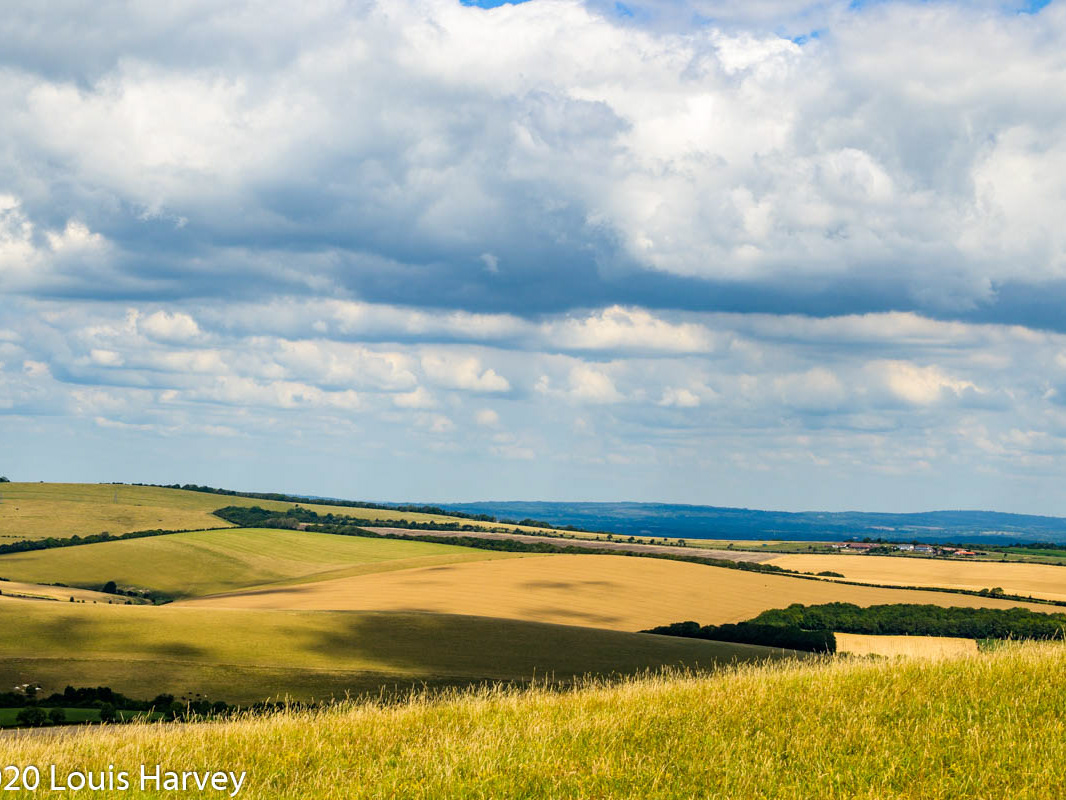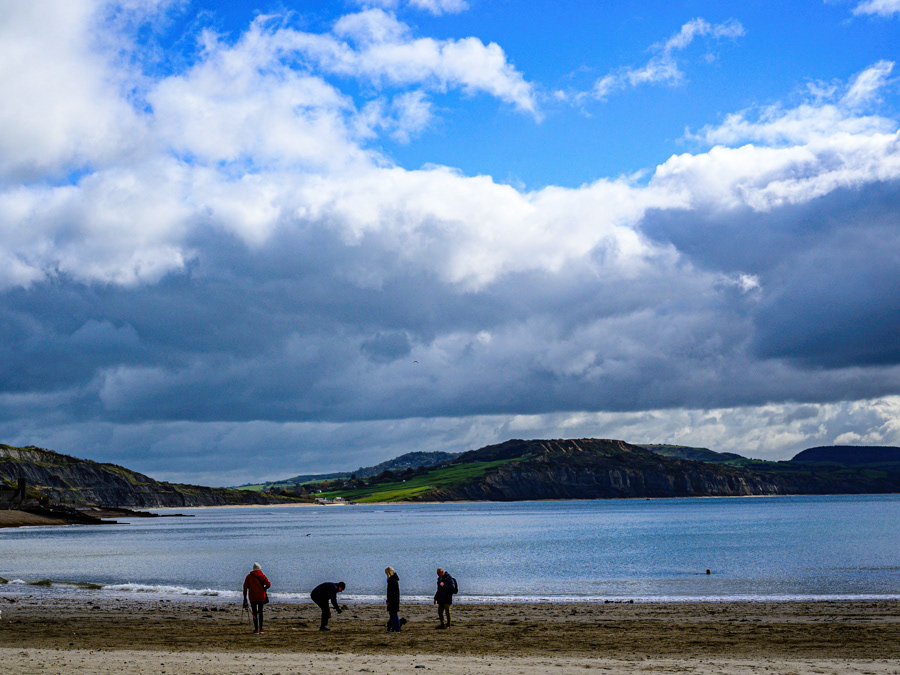My thanks to Simon Stafford for organising a fascinating series of events along the Pembrokeshire Coast. Also to John Archer-Thomson for sharing with us his encyclopaedic knowledge of the geology, flora and fauna to be found in Pembrokeshire. Descriptions taken from Wikipedia and official web sites.
Simon's web-site can be accessed by clicking the button below.
St Bride's Bay - Pembrokeshire
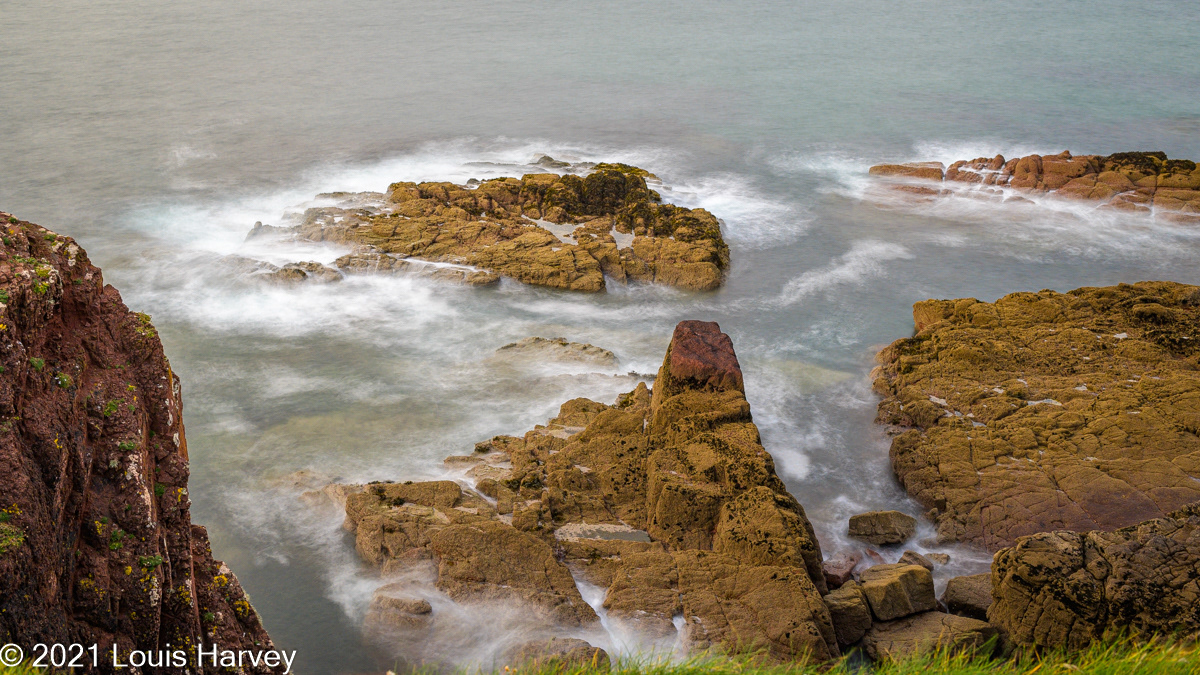
20 sec at f/6.3 ISO 100 70mm - (AF-P NIKKOR 70-300mm f/4.5-5.6)
St Brides Bay is a bay in western Pembrokeshire, West Wales.
Either Skomer Island or the mainland extremity of Wooltack Point at the western end of the Marloes Peninsula marks the southern limit of the bay whilst its northern limit is marked by Ramsey Island off St David's Head. The mouth of the bay is about 7 miles (11 km) wide and extends some 10 miles (16 km) eastwards from this line.
Either Skomer Island or the mainland extremity of Wooltack Point at the western end of the Marloes Peninsula marks the southern limit of the bay whilst its northern limit is marked by Ramsey Island off St David's Head. The mouth of the bay is about 7 miles (11 km) wide and extends some 10 miles (16 km) eastwards from this line.
Please click on the button below for ore information.
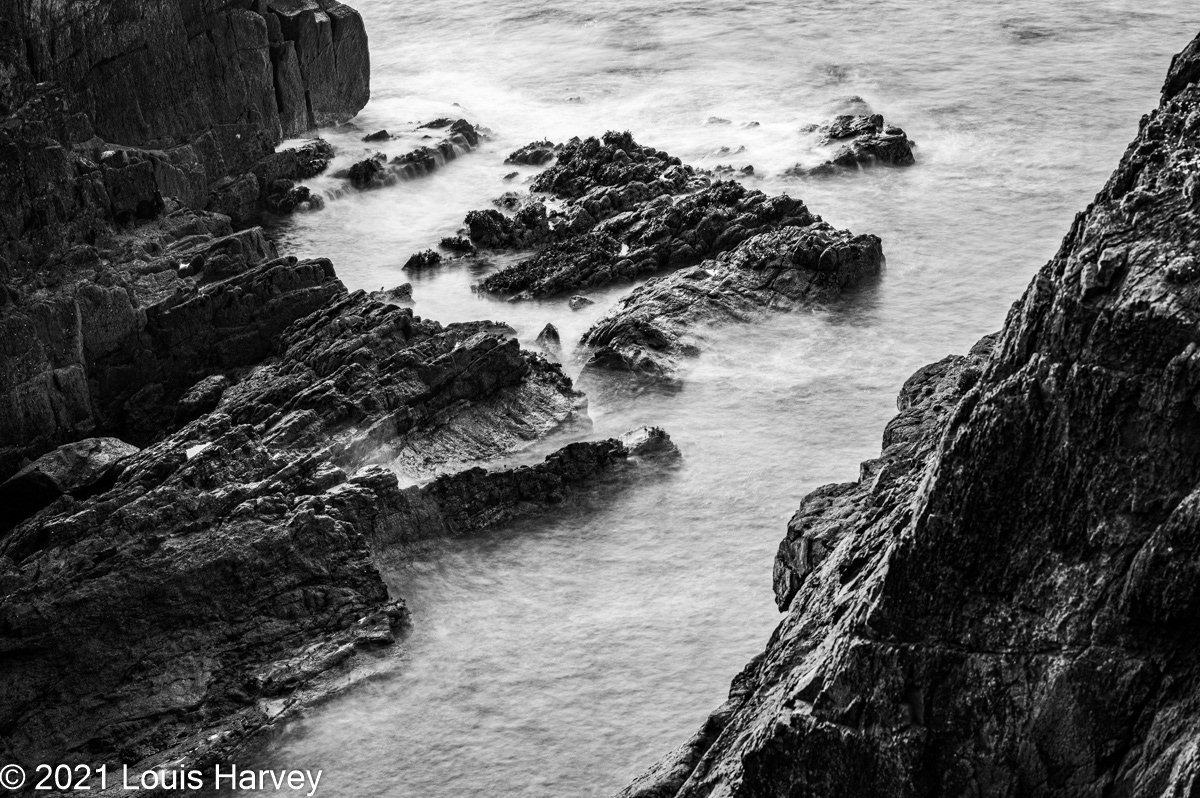
6 sec at f/8 ISO 100 85mm (f/1.8)

3 sec at f/8 ISO 800 70mm - (AF-P NIKKOR 70-300mm f/4.5-5.6)
St David's Head
Neolithic burial chamber (1/200 at f/10 ISO 100 70mm) - (AF-P NIKKOR 70-300mm f/4.5-5.6)
St David's Head is a headland in the Pembrokeshire Coast National Park, southwest Wales, which marks the divide between the Irish Sea and the Celtic Sea. It is noted for its wildflowers and wildlife, and for the remains of ancient human settlement. The headland and its immediate hinterland are owned by the National Trust, and are accessible to the public by foot via the Pembrokeshire Coast Path.
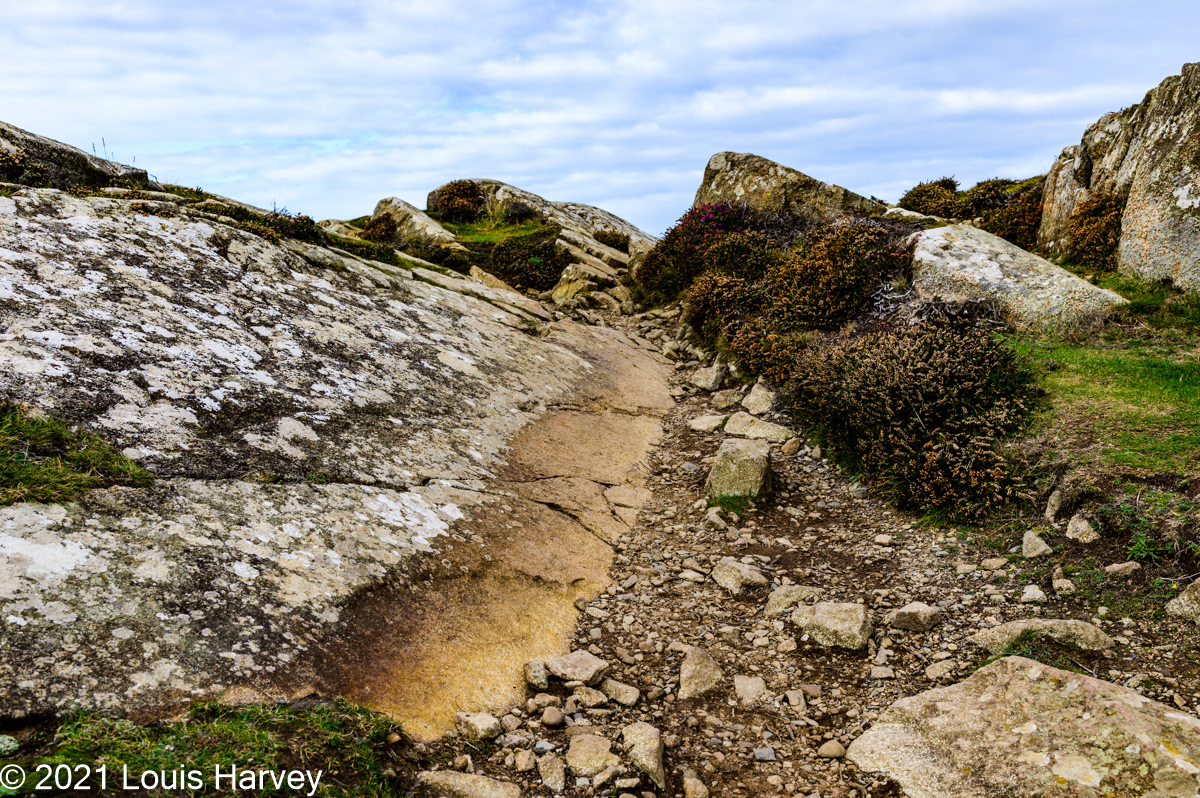
1/125 at f/9 ISO 100 35mm (f/1.8)
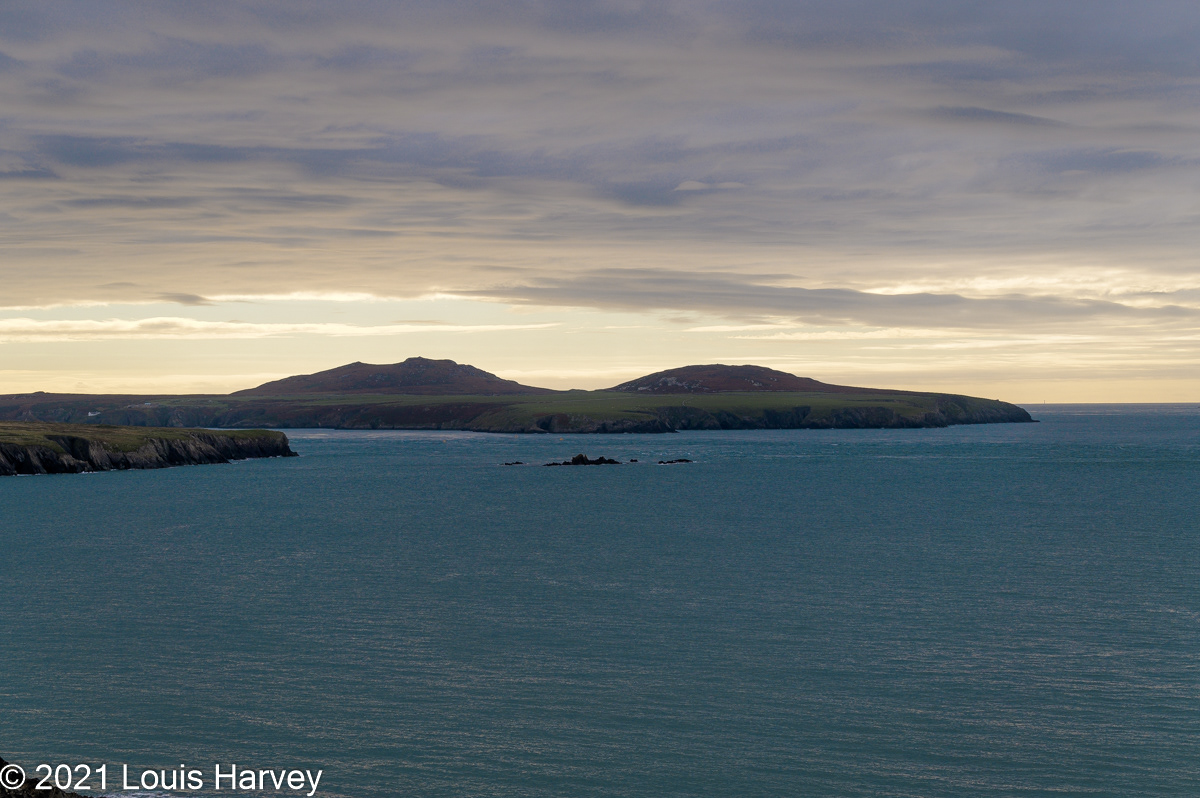
View towards Ramsey Island - 1/640 at f/8 ISO 100 70mm - (AF-P NIKKOR 70-300mm f/4.5-5.6)
Seal pup resting on a sheltered cove beach -
1/200 at f/8 ISO 100 300mm - (AF-P NIKKOR 70-300mm f/4.5-5.6).
Parasol Mushroom (Macrolepiota procera)
(1/125 at f/8 ISO 100 220mm AF-P NIKKOR 70-300mm f/4.5-5.6) - (17 stack set blended in Adobe Photoshop).
Macrolepiota procera, the parasol mushroom, is a basidiomycete fungus with a large, prominent fruiting body resembling a parasol. It is a fairly common species on well-drained soils. It is found solitary or in groups and fairy rings in pastures and occasionally in woodland. Globally, it is widespread in temperate regions.

1/160 at f/10 ISO 100 35mm (f/1.8)
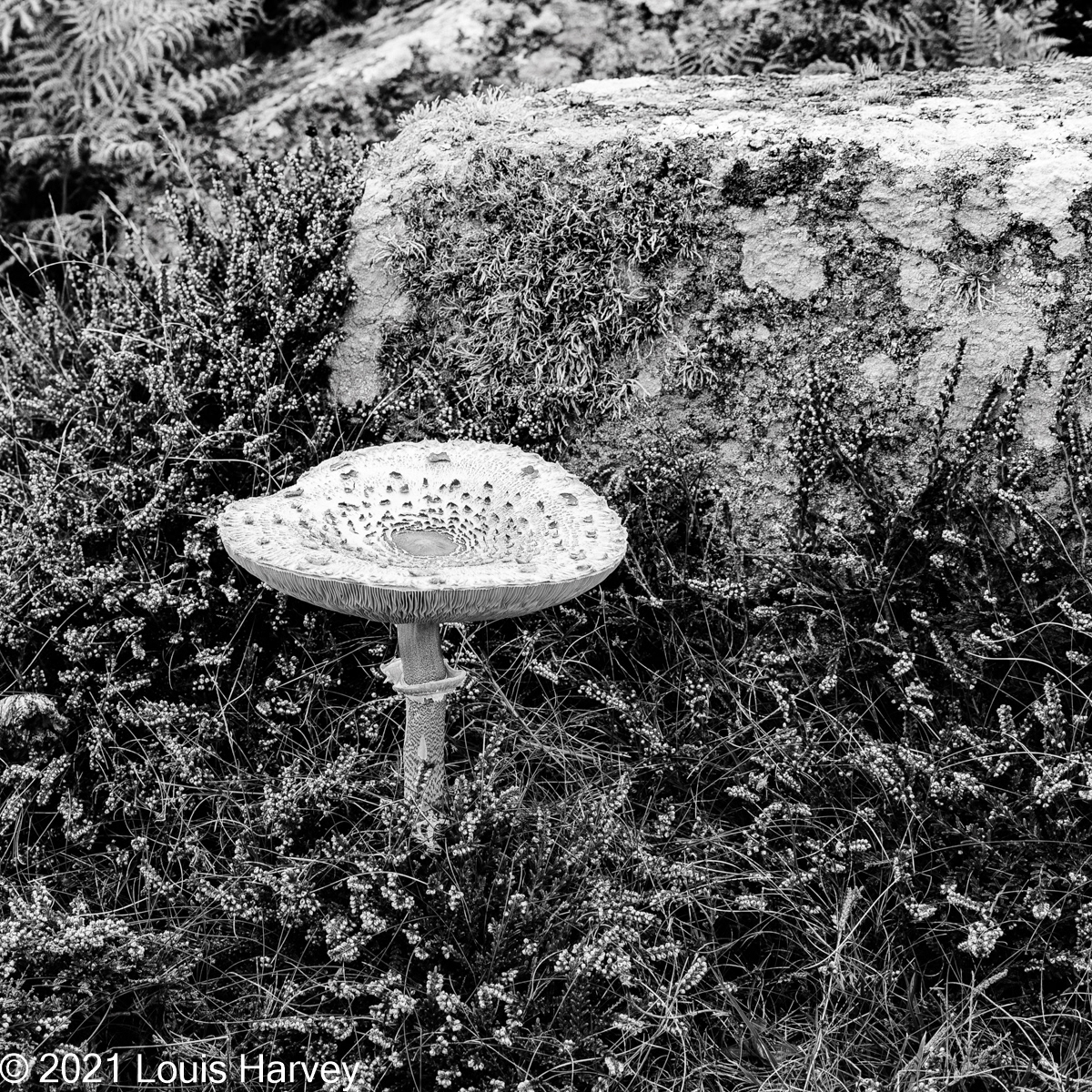
1/60 at f/9 ISO 100 70mm - (AF-P NIKKOR 70-300mm f/4.5-5.6)
Broad Haven Beach Sunset

1/80 f/8 ISO 100 85mm(f/1.8)
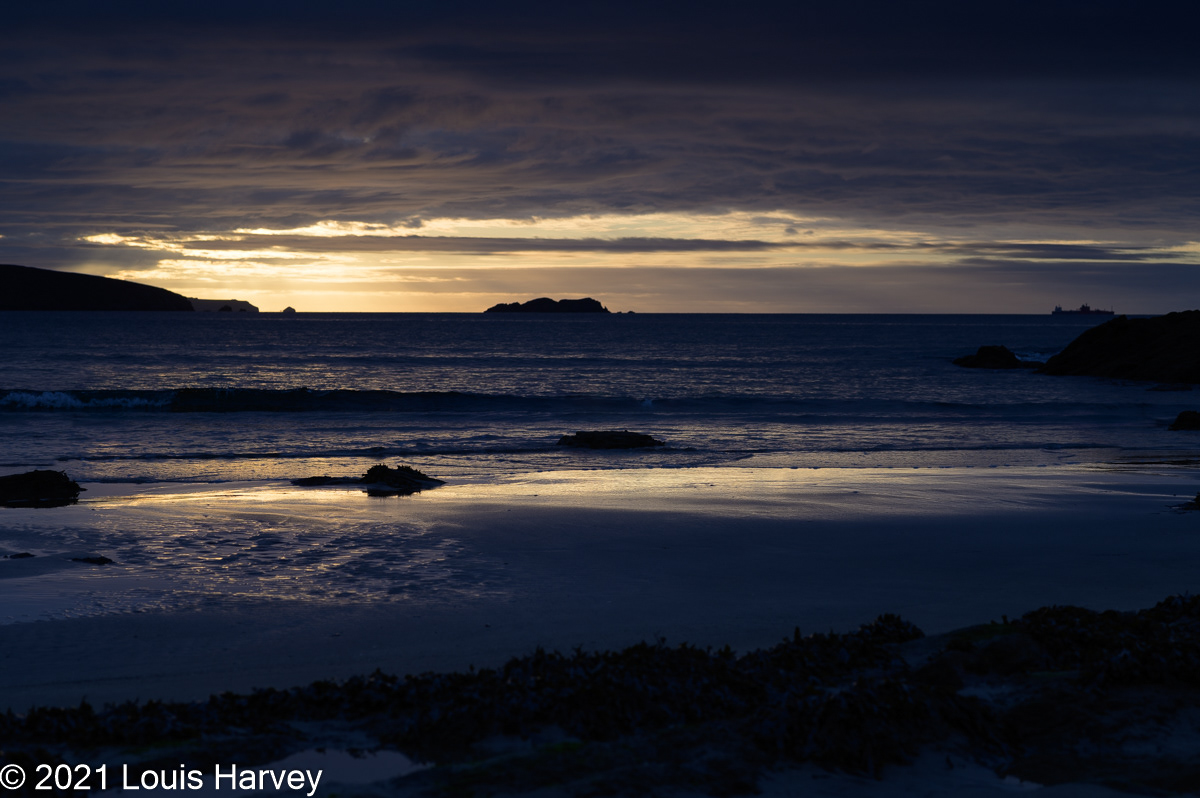
1/400 f/8 ISO 100 85mm (f/1.8)
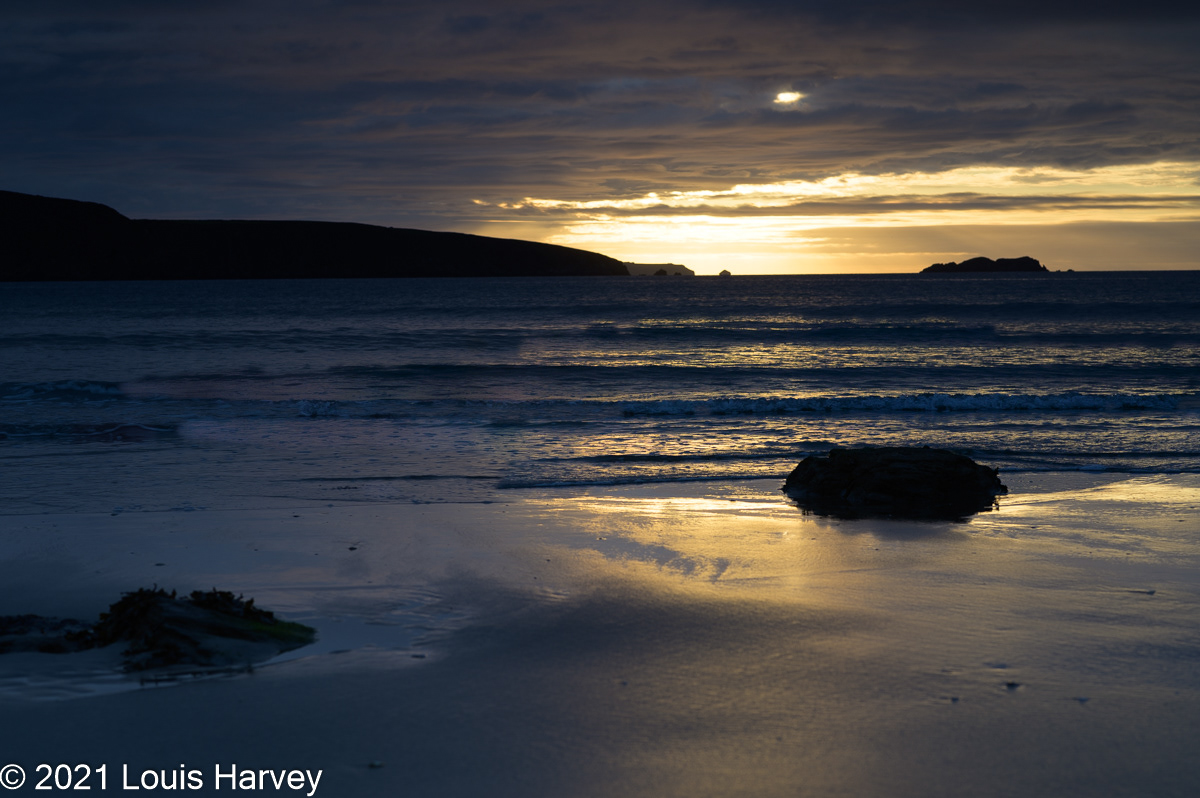
1/250 f/8 ISO 100 85mm (f/1.8)

1/125 f/8 ISO 100 85mm (f/1.8)

1/100 f/8 ISO 100 85mm (f/1.8)

1/160 f/5.6 ISO 100 85mm (f/1.8)

1/250 f/8 ISO 100 85mm (f/1.8)

1/640 f/8 ISO 100 85mm (f/1.8)

1/160 f/6.3 ISO 100 85mm (f/1.8)
Pentre Ifan
Pentre Ifan (literally "John's Village") is the name of an ancient manor in the community and parish of Nevern, Pembrokeshire, Wales. It is 11 miles (18 km) from Cardigan, Ceredigion, and 3 miles (4.8 km) east of Newport, Pembrokeshire. Pentre Ifan contains and gives its name to the largest and best preserved Neolithic dolmen in Wales.
The Pentre Ifan monument is a scheduled monument and is one of three Welsh monuments to have received legal protection under the Ancient Monuments Protection Act 1882. The dolmen is maintained and cared for by Cadw, the Welsh Historic Monuments Agency.
Pentre Ifan Domen
The dolmen dates from around 3,500 BCE, and has traditionally been identified as a communal burial.
A major study by Cummings and Richards in 2014 produced a different explanation for the monument. They identify several distinctive attributes shared by the class of monument known as dolmens, all of which are particularly well exemplified at Pentre Ifan.

1/160 at f/10 ISO 100 70mm (AF-P NIKKOR 70-300mm f/4.5-5.6)

1/500 at f/8 ISO 400 28mm (f/1.8)
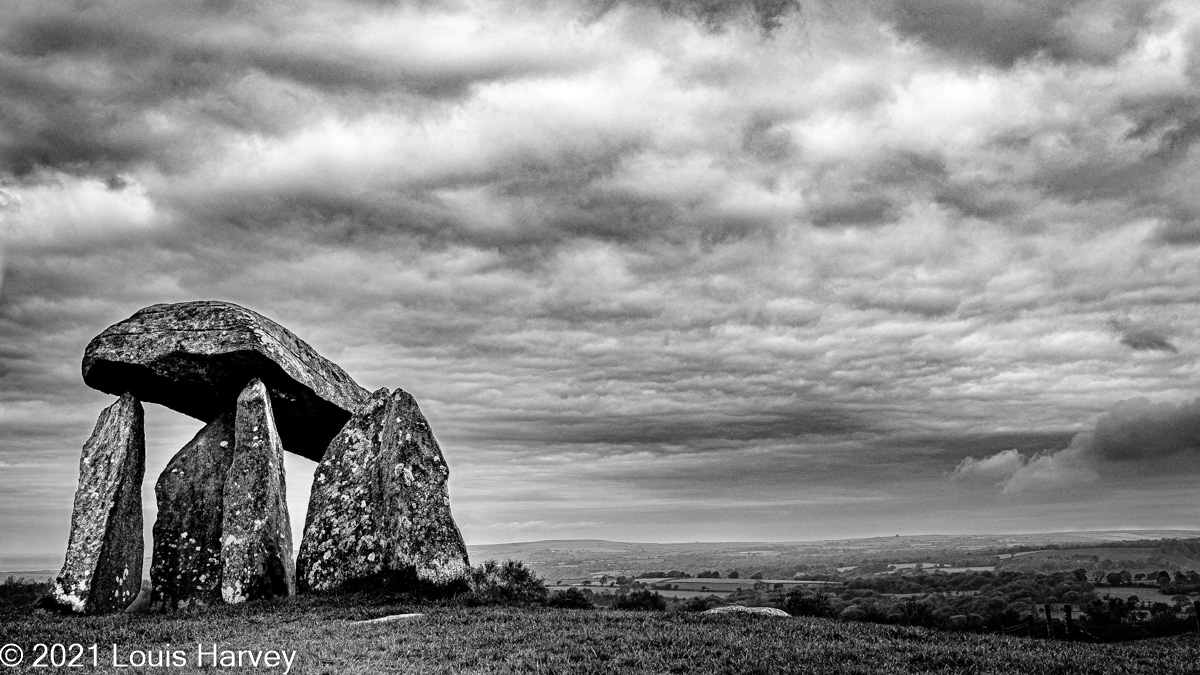
1/500 at f/8 ISO 100 28mm (f/1.8)
Ty Canol National Nature Reserve
Ty Canol is part of the largest block of ancient woodland in West Wales; it is in an area famous for its achaeological sites. Adjacent to Ty Canol is the famous Pentre Ifan Cromiech, a Neolithic Chambered Dolmen that is thought to date from 3,500 BC. It is intriguing to think that the ancient woodland of Ty Canol is of the type that surrounded the Cromiech when it was built.
It is for its lichen that Ty Canol is most prized, with more than 400 species having been recorded there, many of them rare. Lichens are difficult to define and are strange organisms that comprise a fungus and (usually) an alga operating in a partnership that benefits both components.
The site is managed by Natural Resources Wales (NRW) in partnership with the Pembrokshire Coast National Park Authority.
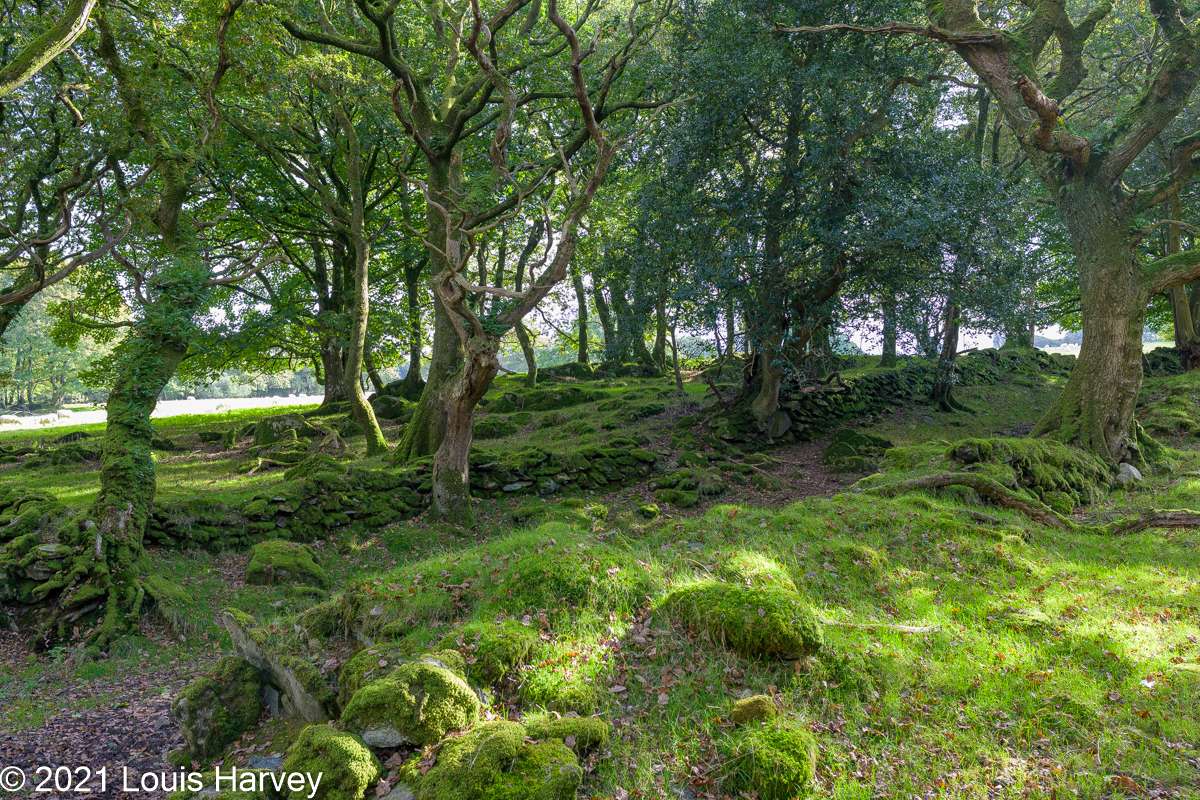
1/30 at f/8 ISO 400 28mm (f/1.8)
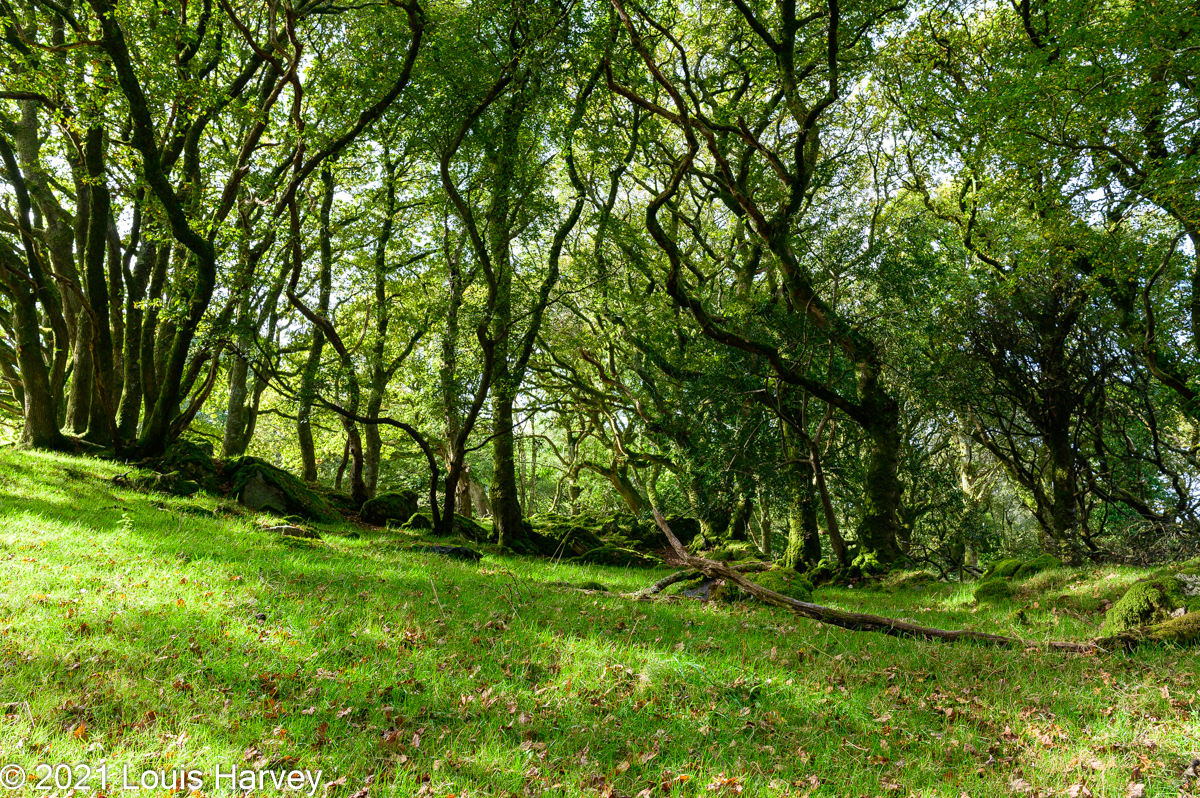
1/80 at f/8 ISO 400 28mm (f/1.8)
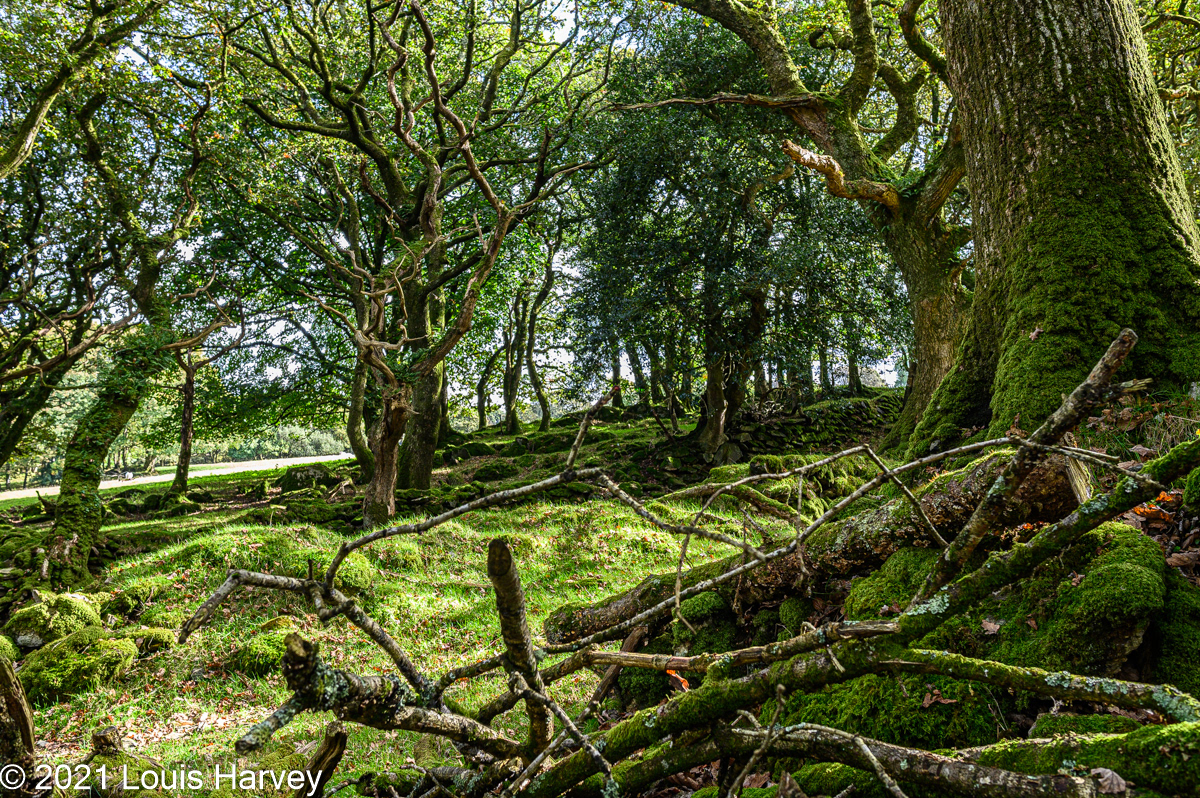
1/30 at f/7.1 ISO 400 28mm (f/1.8)

1/80 at f/5.6 ISO 100 28mm (f/1.8)

1/100 at f/6.3 ISO 400 28mm (f/1.8)
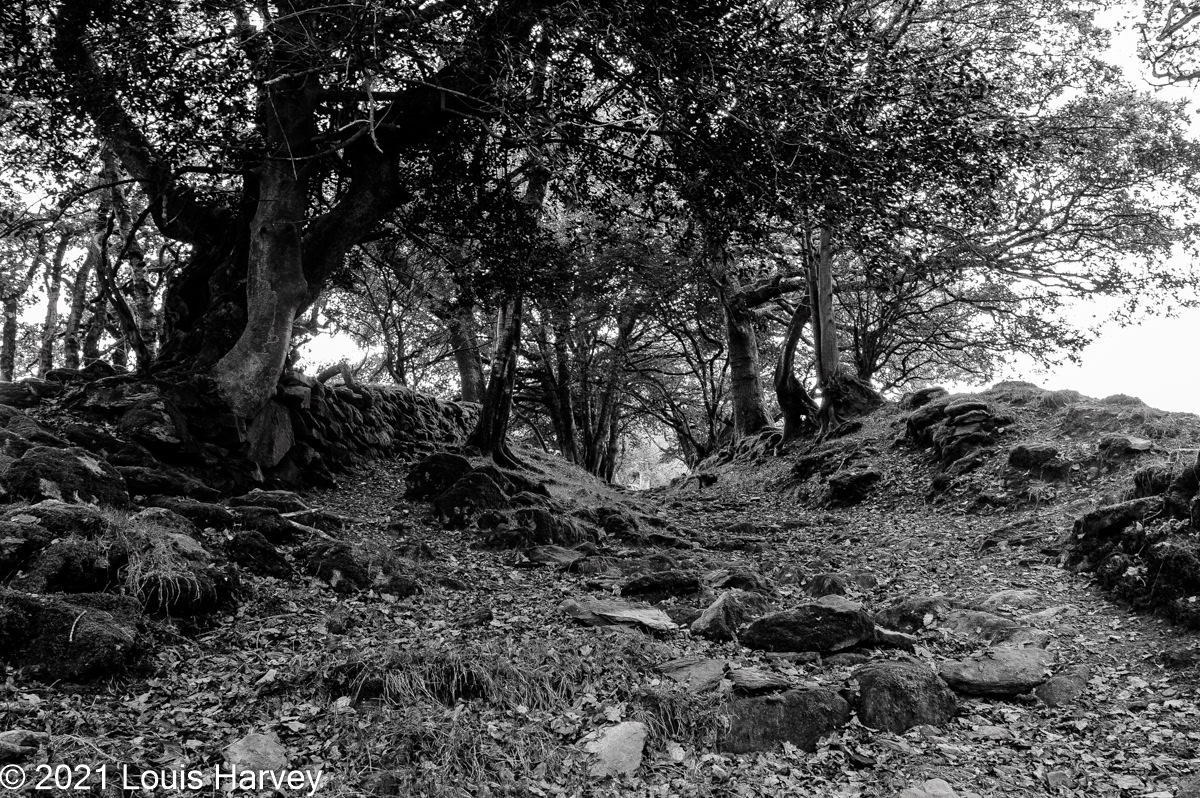
1/13 at f/8 ISO 400 28mm (f/1.8)
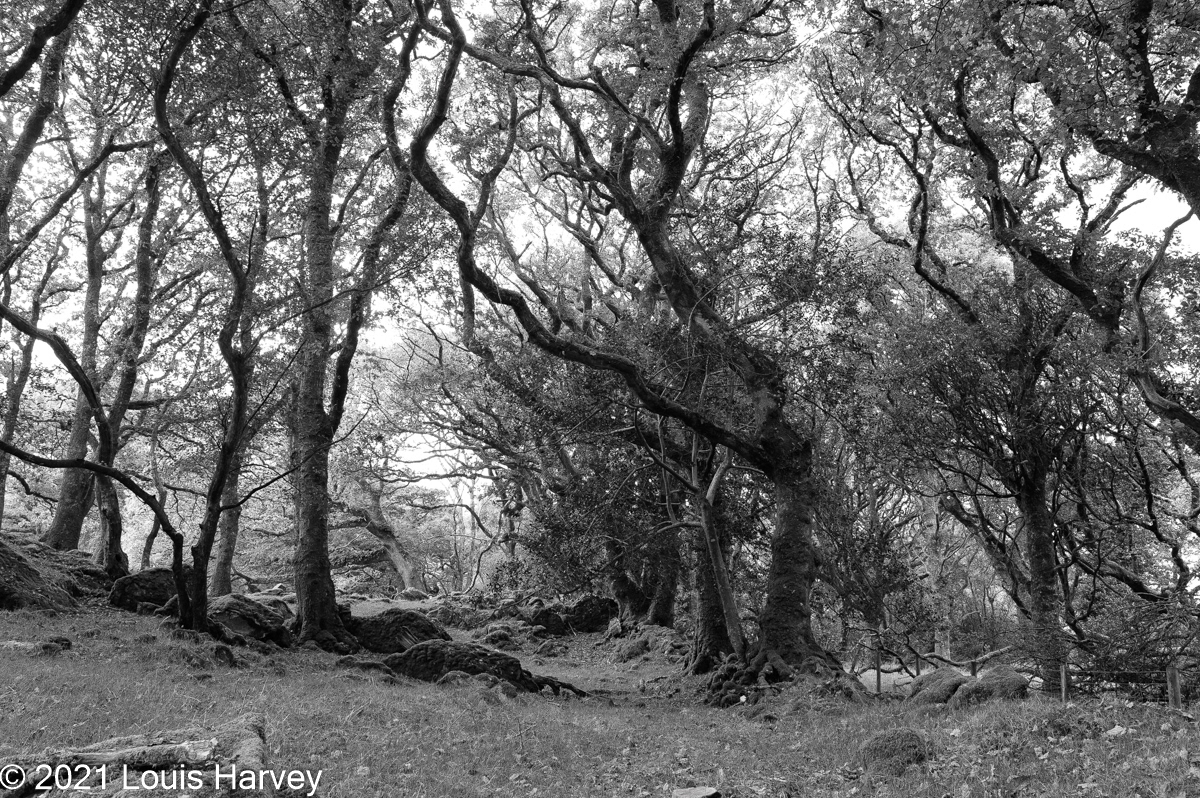
1/30 at f/8 ISO 400 28mm (f/1.8)
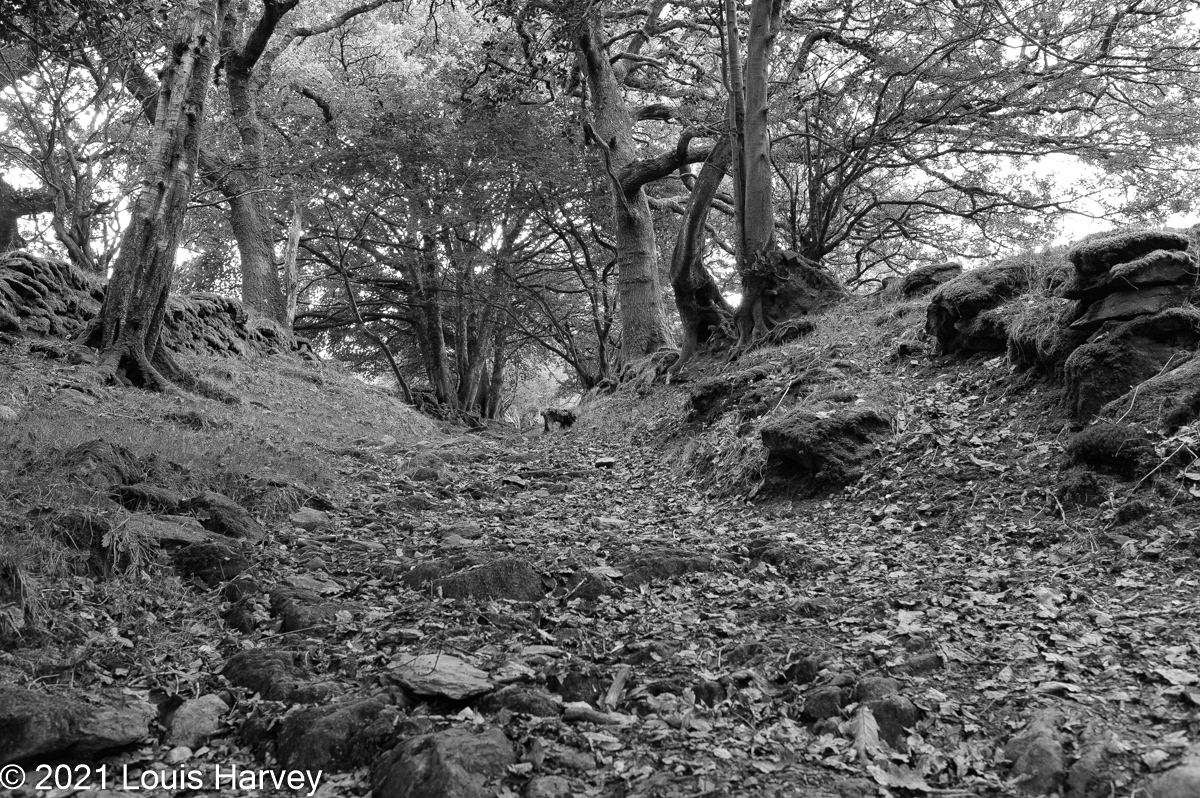
1/25 at f/7.1 ISO 400 28mm (f/1.8)
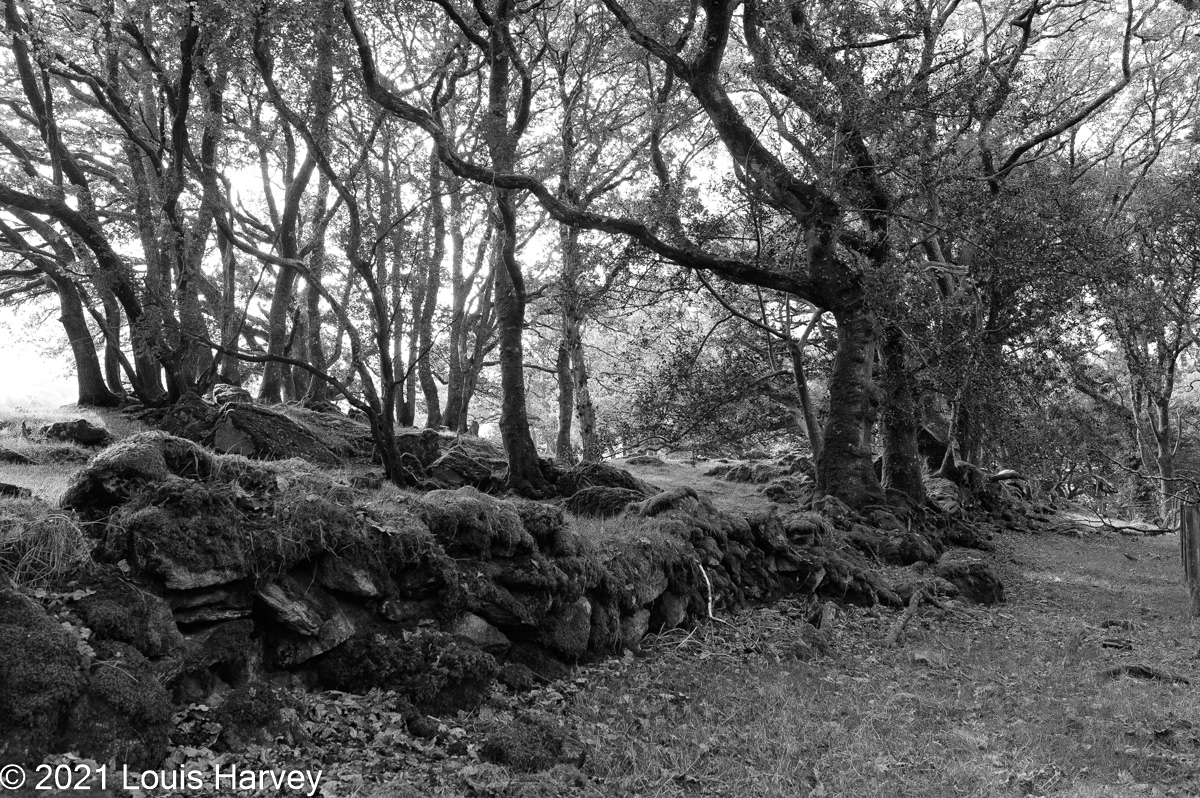
1/40 at f/7.1 ISO 400 28mm (f/1.8)

1/160 at f/7.1 ISO 400 28mm (f/1.8)

1/10 at f/8 ISO 100 28mm (f/1.8)
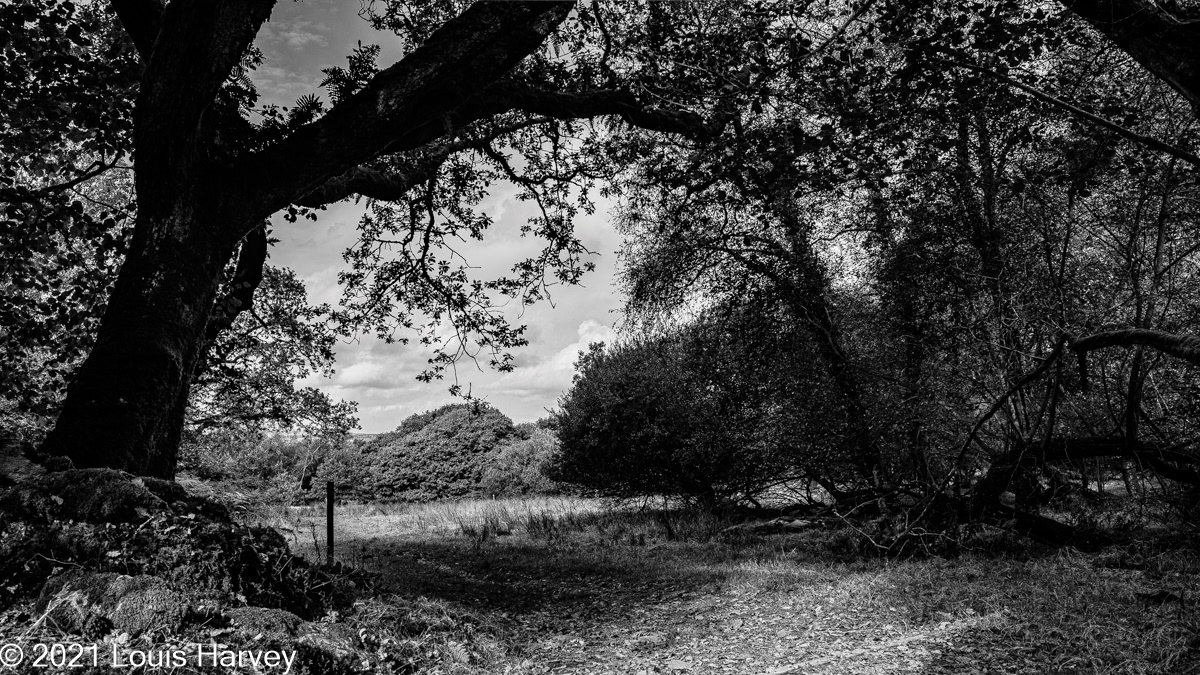
1/400 at f/7.1 ISO 100 28mm (f/1.8)

1/8 at f/8 ISO 100 28mm (f/1.8)
